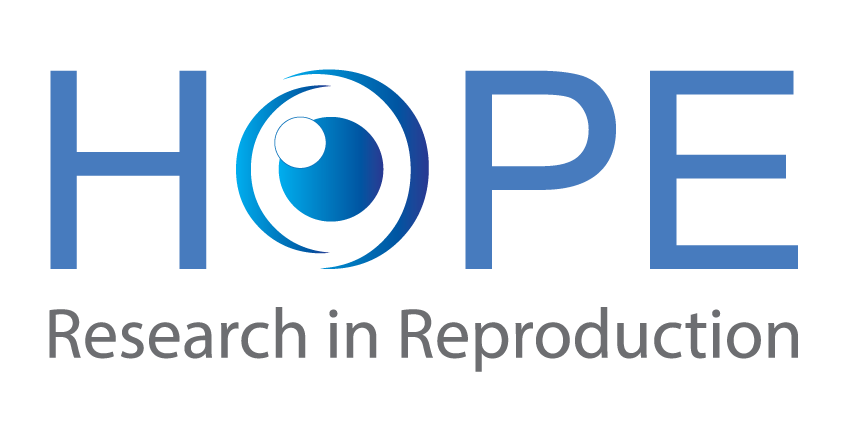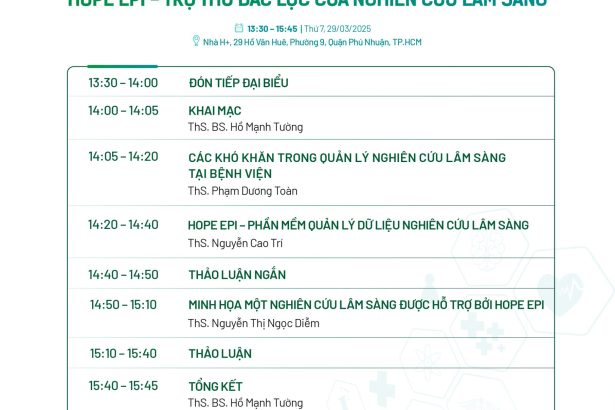DOI: https://doi.org/10.1093/humrep/deaf047
Published: 25 March 2025
Tuyen N D Duong , Vinh Q Dang , Tien K Le , Anh T L Vu , Duy L Nguyen , Toan D Pham , Mai T Nguyen , Phuong T M Nguyen , Tuan M Vo , Chau T H Nguyen , Phuong T B Le , Anh H Le , Cam T Tran , Ben W Mol , Lan N Vuong , Tuong M Ho
Authors information
IVFMD, My Duc Hospital
HOPE Research Center, My Duc Hospital
MONASH University
Abstract
STUDY QUESTION
What is the effectiveness of swim-up (SU) and density gradients (DG) for sperm preparation in infertile couples undergoing IUI?
SUMMARY ANSWER
In infertile couples undergoing IUI, SU and DG did not result in statistically significant different live birth rates.
WHAT IS KNOWN ALREADY
SU and DG are the two most commonly used techniques for sperm preparation in infertile couples undergoing IUI. In the latest Cochrane review, given the very low quality of available data, the authors were uncertain whether there was a difference in clinical pregnancy rates between the two techniques. Furthermore, live birth rate was not reported in any trial.
STUDY DESIGN, SIZE, DURATION
This open-label, two-centre, randomized clinical trial was conducted at two IVF centres in Vietnam. A sample size of 912 couples was needed to demonstrate a 5% difference between SU and DG (power 0.80, two-sided alpha 5%, loss to follow-up, and cross-over rate 10%). Randomization was performed using a computer-generated random list, with a variable block size of 2, 4, or 6. Assignment to treatment allocation was done via a web portal.
PARTICIPANTS/MATERIALS, SETTING, METHODS
Eligible couples included those who were ≥18 years of age, where the husbands’ sperm concentration, progressive motility (PM) rate, and total PM sperm count before sperm preparation were ≥5 × 106/ml, ≥32%, and >5 × 106 (according to the WHO 2010 criteria), respectively. Couples using frozen semen, or couples where the husband’s semen was hyperviscous, were not included. On the day of IUI, participants were randomized (1:1 ratio) to undergo either SU or DG. Sperm preparation was performed within 1 h after ejaculation. IUI was performed once at 36–40 h after hCG trigger. Primary outcome was live birth after the first IUI cycle.
MAIN RESULTS AND THE ROLE OF CHANCE
Between 7 August 2020 and 29 October 2022, we randomized 456 couples to SU and 456 couples to DG. Live birth after the first IUI cycle occurred in 55 (12.1%) couples in the SU group and 71 (15.7%) couples in the DG group (relative risk 0.77; 95% CI 0.56 to 1.07). There were no statistically significant differences between the two groups in terms of other pregnancy outcomes as well as obstetrics and perinatal outcomes.
LIMITATIONS, REASONS FOR CAUTION
The main limitation of the study was its open-label design, due to the nature of the interventions.
WIDER IMPLICATIONS OF THE FINDINGS
In infertile couples undergoing IUI, SU and DG can both be used for sperm preparation. The decision on which to use might depend more on practical factors such as processing time and how easy it is to standardize the method.
STUDY FUNDING/COMPETING INTEREST(S)
The study was funded by My Duc Hospital, Ho Chi Minh City, Vietnam. B.W.M. is supported by a NHMRC Investigator grant (GNT1176437), reports consultancy, travel support, and research funding from Merck and consultancy for Organon and Norgine, and holds stock from ObsEva. L.N.V. has received grant, speaker, and conference fees from Merck Sharpe and Dohme, and grant, speaker, conference, and scientific board fees from Ferring. T.M.H. has received grant, speaker, and conference fees from Merck Sharpe and Dohme, and grant, speaker, conference, and scientific board fees from Ferring.
TRIAL REGISTRATION NUMBER: NCT04477356
TRIAL REGISTRATION DATE: 6 July 2020
DATE OF FIRST PATIENT’S ENROLMENT: 10 August 2020
Keywords: swim-up, density gradients, sperm preparation, intrauterine insemination, IUI, live birth


